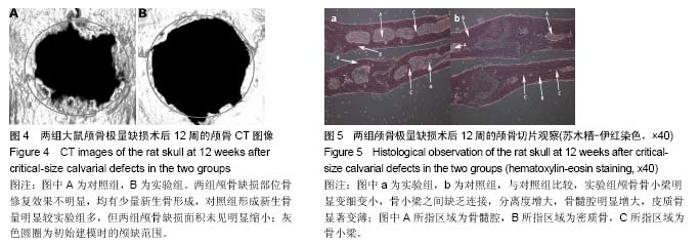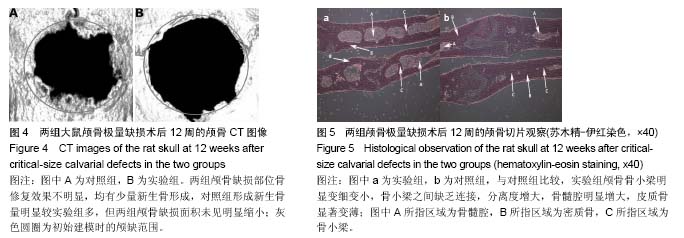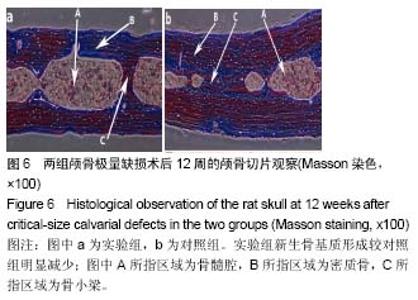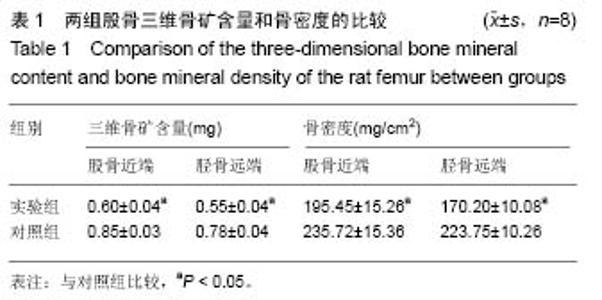| [1] |
Yao Xiaoling, Peng Jiancheng, Xu Yuerong, Yang Zhidong, Zhang Shuncong.
Variable-angle zero-notch anterior interbody fusion system in the treatment of cervical spondylotic myelopathy: 30-month follow-up
[J]. Chinese Journal of Tissue Engineering Research, 2022, 26(9): 1377-1382.
|
| [2] |
Jiang Huanchang, Zhang Zhaofei, Liang De, Jiang Xiaobing, Yang Xiaodong, Liu Zhixiang.
Comparison of advantages between unilateral multidirectional curved and straight vertebroplasty in the treatment of thoracolumbar osteoporotic vertebral compression fracture
[J]. Chinese Journal of Tissue Engineering Research, 2022, 26(9): 1407-1411.
|
| [3] |
Zhu Chan, Han Xuke, Yao Chengjiao, Zhou Qian, Zhang Qiang, Chen Qiu.
Human salivary components and osteoporosis/osteopenia
[J]. Chinese Journal of Tissue Engineering Research, 2022, 26(9): 1439-1444.
|
| [4] |
Li Wei, Zhu Hanmin, Wang Xin, Gao Xue, Cui Jing, Liu Yuxin, Huang Shuming.
Effect of Zuogui Wan on bone morphogenetic protein 2 signaling pathway in ovariectomized osteoporosis mice
[J]. Chinese Journal of Tissue Engineering Research, 2022, 26(8): 1173-1179.
|
| [5] |
Xiao Hao, Liu Jing, Zhou Jun.
Research progress of pulsed electromagnetic field in the treatment of postmenopausal osteoporosis
[J]. Chinese Journal of Tissue Engineering Research, 2022, 26(8): 1266-1271.
|
| [6] |
Gao Yujin, Peng Shuanglin, Ma Zhichao, Lu Shi, Cao Huayue, Wang Lang, Xiao Jingang.
Osteogenic ability of adipose stem cells in diabetic osteoporosis mice
[J]. Chinese Journal of Tissue Engineering Research, 2022, 26(7): 999-1004.
|
| [7] |
Zhang Jinglin, Leng Min, Zhu Boheng, Wang Hong.
Mechanism and application of stem cell-derived exosomes in promoting diabetic wound healing
[J]. Chinese Journal of Tissue Engineering Research, 2022, 26(7): 1113-1118.
|
| [8] |
An Weizheng, He Xiao, Ren Shuai, Liu Jianyu.
Potential of muscle-derived stem cells in peripheral nerve regeneration
[J]. Chinese Journal of Tissue Engineering Research, 2022, 26(7): 1130-1136.
|
| [9] |
Peng Kun.
Improvement of the treatment effect of osteoporotic fractures: research status and strategy analysis
[J]. Chinese Journal of Tissue Engineering Research, 2022, 26(6): 980-984.
|
| [10] |
Shen Song, Xu Bin.
Diffuse distribution of bone cement in percutaneous vertebroplasty reduces the incidence of refracture of adjacent vertebral bodies
[J]. Chinese Journal of Tissue Engineering Research, 2022, 26(4): 499-503.
|
| [11] |
He Yunying, Li Lingjie, Zhang Shuqi, Li Yuzhou, Yang Sheng, Ji Ping.
Method of constructing cell spheroids based on agarose and polyacrylic molds
[J]. Chinese Journal of Tissue Engineering Research, 2022, 26(4): 553-559.
|
| [12] |
He Guanyu, Xu Baoshan, Du Lilong, Zhang Tongxing, Huo Zhenxin, Shen Li.
Biomimetic orientated microchannel annulus fibrosus scaffold constructed by silk fibroin
[J]. Chinese Journal of Tissue Engineering Research, 2022, 26(4): 560-566.
|
| [13] |
Chen Xiaoxu, Luo Yaxin, Bi Haoran, Yang Kun.
Preparation and application of acellular scaffold in tissue engineering and regenerative medicine
[J]. Chinese Journal of Tissue Engineering Research, 2022, 26(4): 591-596.
|
| [14] |
Kang Kunlong, Wang Xintao.
Research hotspot of biological scaffold materials promoting osteogenic differentiation of bone marrow mesenchymal stem cells
[J]. Chinese Journal of Tissue Engineering Research, 2022, 26(4): 597-603.
|
| [15] |
Shen Jiahua, Fu Yong.
Application of graphene-based nanomaterials in stem cells
[J]. Chinese Journal of Tissue Engineering Research, 2022, 26(4): 604-609.
|





